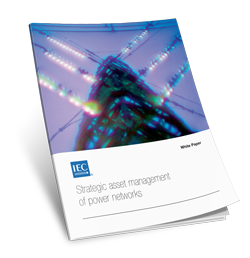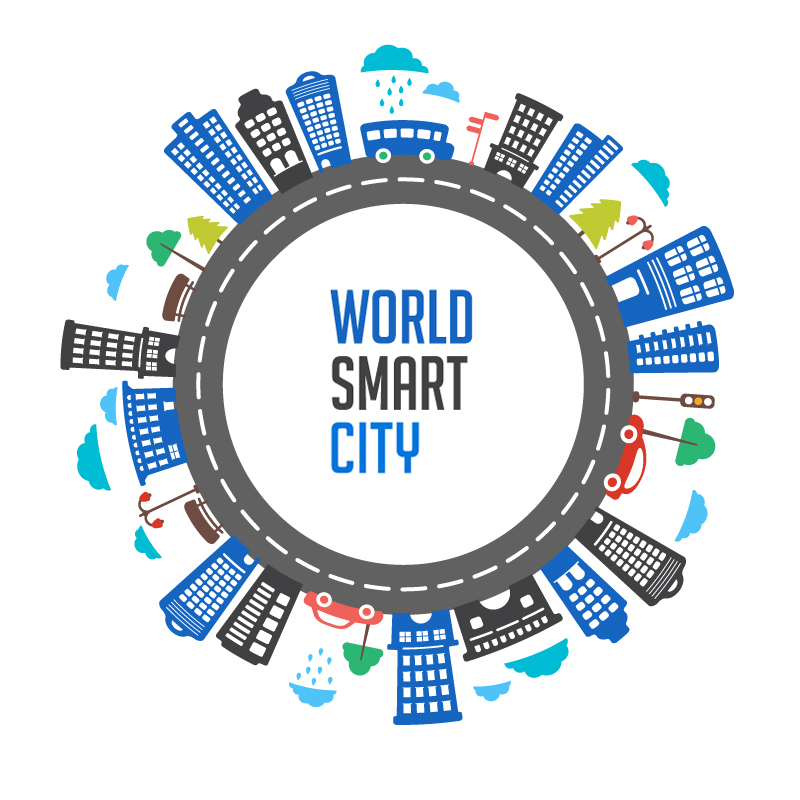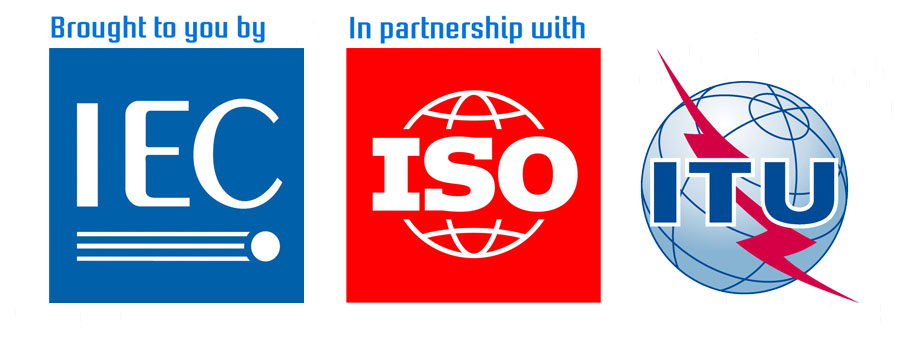This topic contains 4 replies, has 4 voices, and was last updated by Sue Lebeck 1 month, 3 weeks ago.
-
AuthorPosts
-
January 31, 2016 at 10:32 pm #4409
Thanks to everyone for starting this forum.
I completely agree that energy is one of the key pain points for cities that may prevent them from ultimately emerging and succeeding. In my experience, one of the clearest opportunities to move towards their ambitious GHG reduction goals is through the de-carbonization of municipal energy systems. Some of the most prominent barriers for cities seeking to transform their energy supply include:
· Reliability – This is a non-starter and risks of intermittent renewable sources need to be minimized.
· Stranded assets – Devalued components become liabilities
· Financial concerns – Increased support of renewables may be thwarted because current energy supply business model depends on volume
· Feasibility of innovation – Large scale use of micro-grids and other technology still unproven
· Renewable supply growth – Can demand match supply?
Boulder is in the middle of an unusual and complex process that indicates a city’s sustained desire to take control of its energy-supply future. When Boulder developed its climate action plans, the city realized that it would be almost impossible to achieve its deep de- carbonization goal without an energy supplier willing to partner with the city to achieve those goals. Nearly 90 percent of electricity was generated from coal or natural gas. The City negotiated with the multi-state, investor-owned utility (Xcel) that supplied it over op- tions for increasing renewable supplies, but was un- able to reach agreement. In November 2011, Boulder voters passed a measure to fund an analysis of the feasibility of establishing a municipal utility and two years later they authorized the city to issue bonds to finance purchase of the utility’s assets.
The detailed vision for “Boulder’s Energy Future” was established in 2011 with the City Council approval of language articulating the purpose, framework, goals and objectives for Boulder’s Energy Future. The key elements of the Boulder Energy Future vision are summarized below.
The Goal
“The ultimate purpose of this effort is to ensure that residents, businesses and institutions have access to reliable energy that is increasingly clean and remains competitively priced.”
Strategic Framework – Energy Localization
1. Democratize Energy Decision Making: customers should have more direct control and involvement in decisions about their energy, including opportunities to invest in their long-term energy needs and to have a say in energy investments made on their behalf.
2. Decentralize Energy Generation and Management: energy should be generated locally or within the region to the maximum extent feasible, reducing reliance on external fuel sources; customers should be able to manage and reduce their energy use as directly and effectively as possible; and energy service companies should be empowered to compete and innovate within a diverse and robust local energy economy.
3. Decarbonize the Energy Supply: renewable and clean fuel sources should be maximized as much as possible, as quickly as possible, minimizing both short‐ and long‐term environmental impacts and maximizing energy independence over time.
A feasibility study found that a city-owned utility could immediately obtain 54 percent or more of its electricity from renew- able resources. It is transformational approaches like Boulder’s municipalization approach, which allow truly smart and sustainable cities.
-
February 2, 2016 at 9:37 am #4424
Hi Nils,
You make some very valid points in your post. In regards to ‘stranded assests’ I’d like to share the IEC White Paper Strategic asset management of power networks with the group (download PDF here). It recognises that power networks in developed nations are struggling with an equipment base nearing the end of its lifetime, and those in developing nations are trying to identify best-practice examples on which to model their operations.
As part of the research for this White Paper, the IEC ran 3 dedicated workshops: in Tokyo (December 2014), Washington DC (February 2015) and Paris (April 2015). The workshops, attended by electricity network businesses, equipment manufacturers, research organizations and standards organizations, invited participants to share how they currently approach asset management and where they thought standards or guides for electricity network asset management, could bene fit their business.
Does anyone else have some thoughts to share on this?

-
February 3, 2016 at 4:41 am #4430
Thanks Janice for sharing this!
-
February 12, 2016 at 4:55 pm #4476
Hi Nils,
Just read this article… http://smartcitiescouncil.com/article/do-smart-cities-matter-ask-energy-industry
According to Navigant cities are now increasing their impact on energy/utilities. What is your take on this?
-
February 12, 2016 at 11:19 pm #4484
Nils —
Thank you for starting this conversation.
Boulder and other cities stepping up to demand and procure clean and renewable energy are leaders of the type we need most today. The de-carbonization of energy systems is key to meeting our response abilities. Bravo!
For municipalities not ready to go it alone, another mechanism that shares the effort has been implemented in some U.S. states — Community Choice Aggregation (CCA), also called Community Choice Energy (CCE). CCA/CCE “allows cities and counties to aggregate the buying power of individual customers within a defined jurisdiction in order to secure alternative energy supply contracts on a community-wide basis (Wikipedia)”.
This mechanism, which focuses on generation/procurement (distinct from transmission/delivery) can extend clean energy choicefulness to the household while defaulting to an assertively green energy mix. It is another critical enabler, allowing the clean energy demand side to express itself. Some examples can be found in Northern California here and here.
-
AuthorPosts
You must be logged in to reply to this topic.


